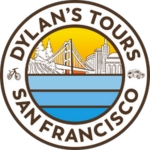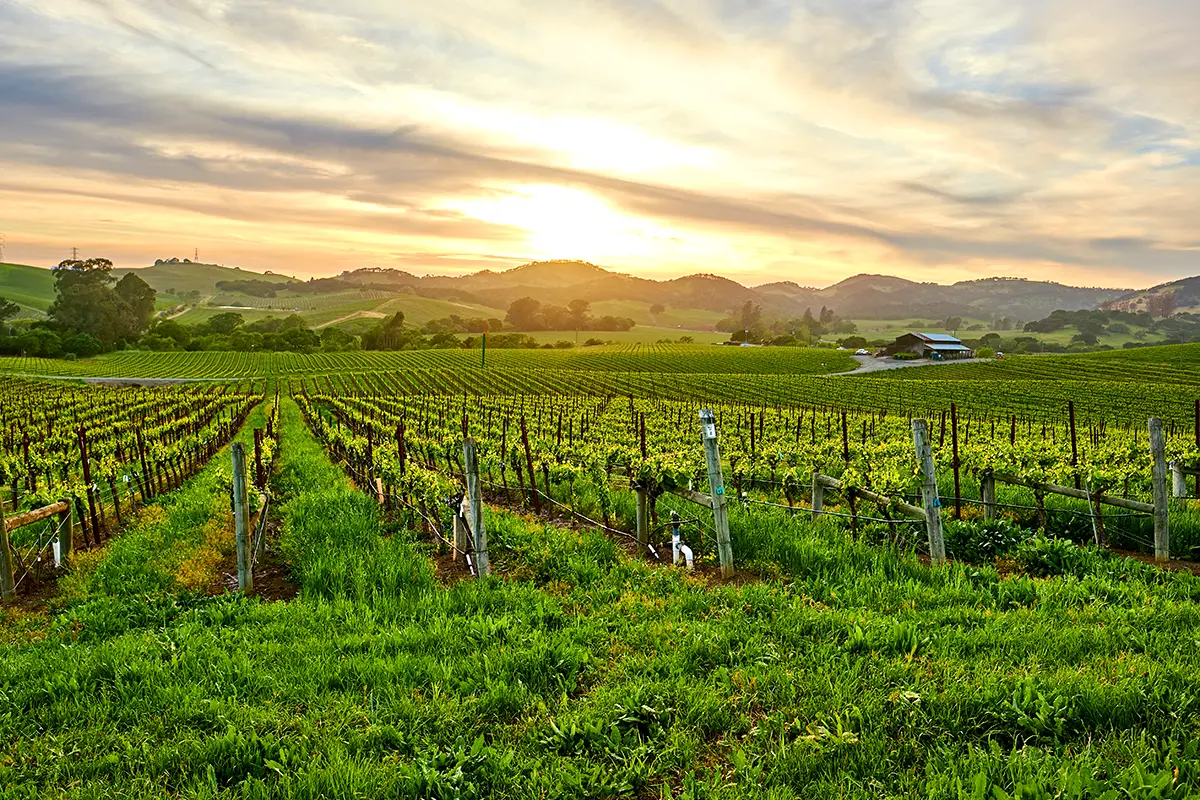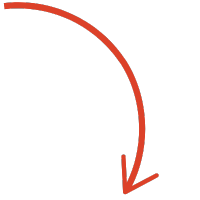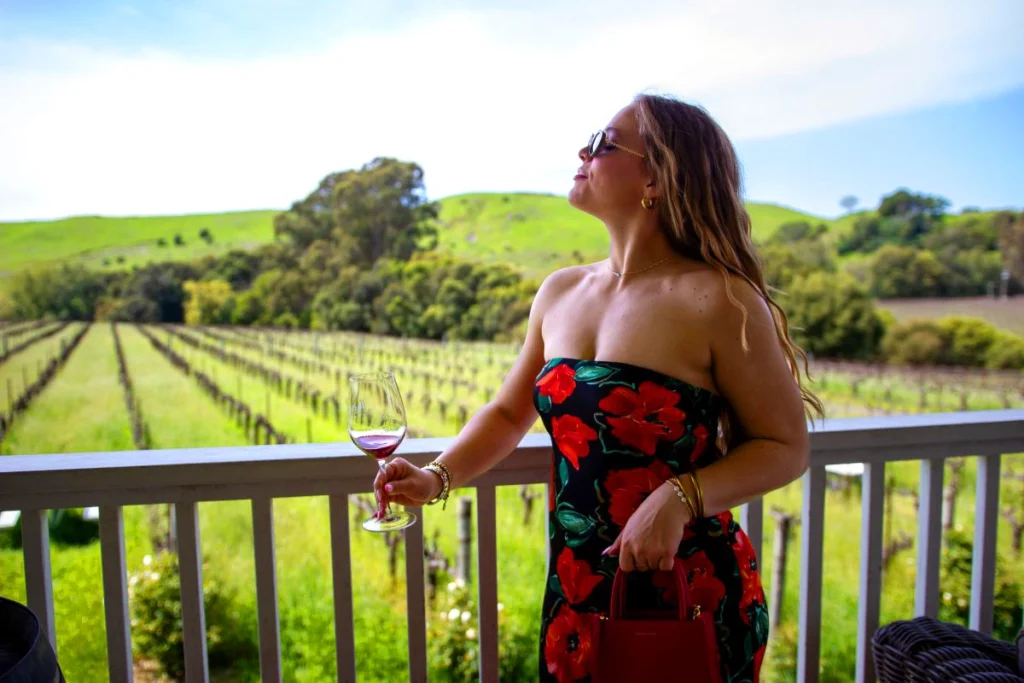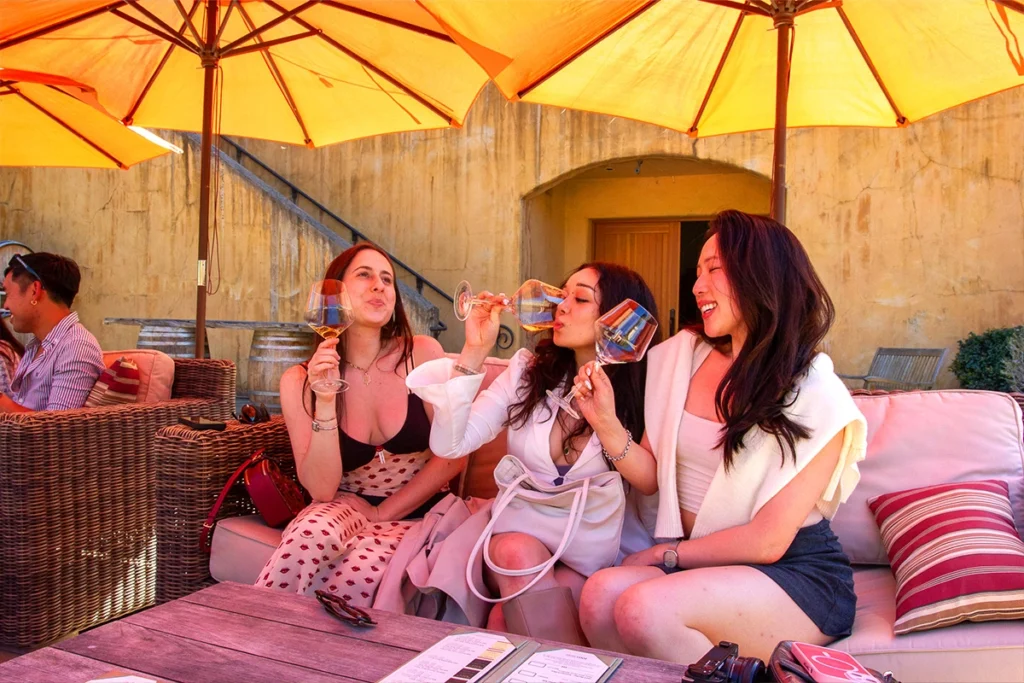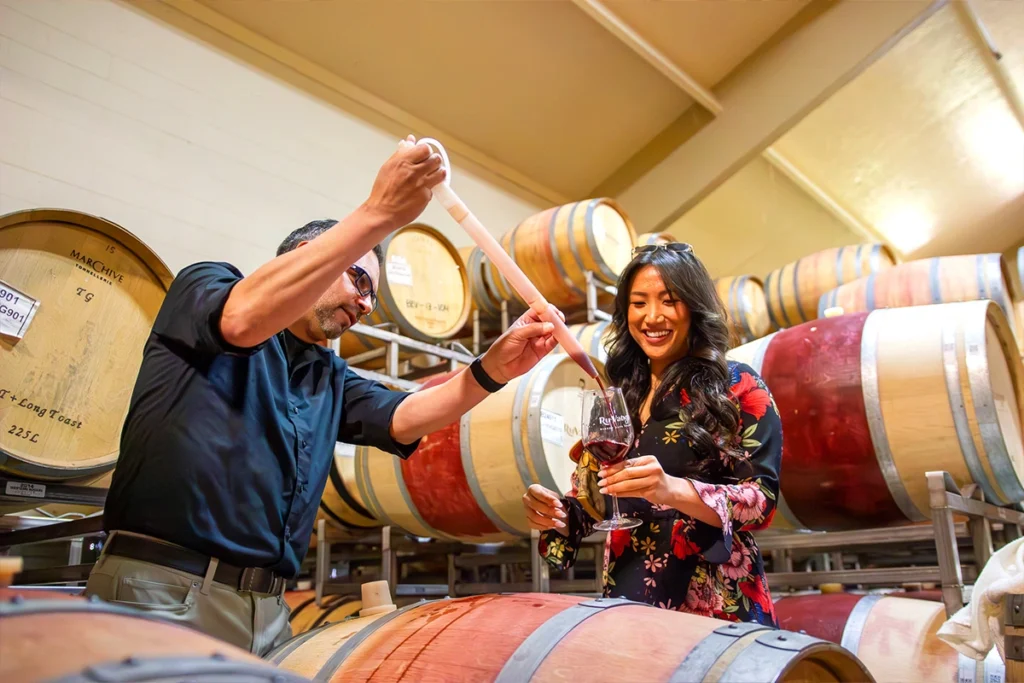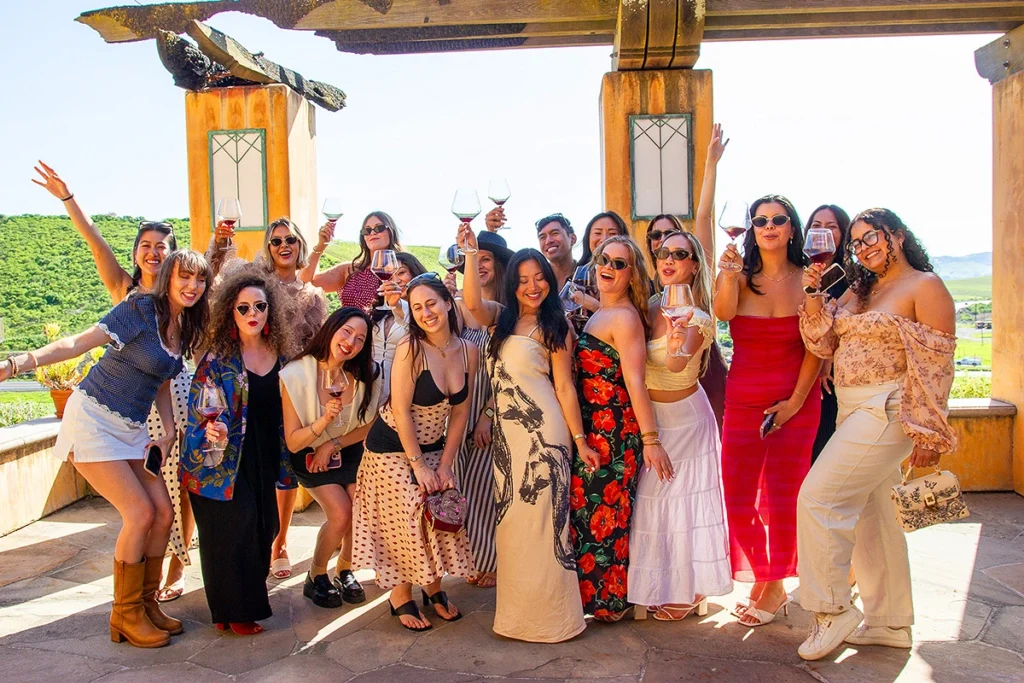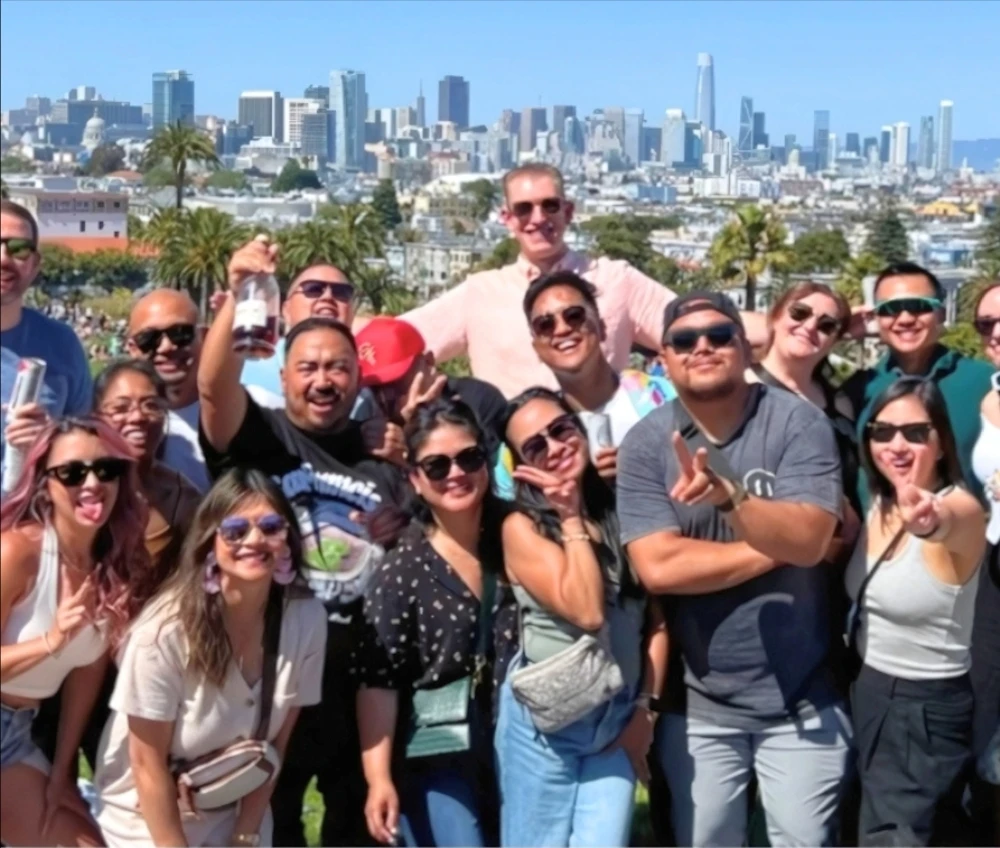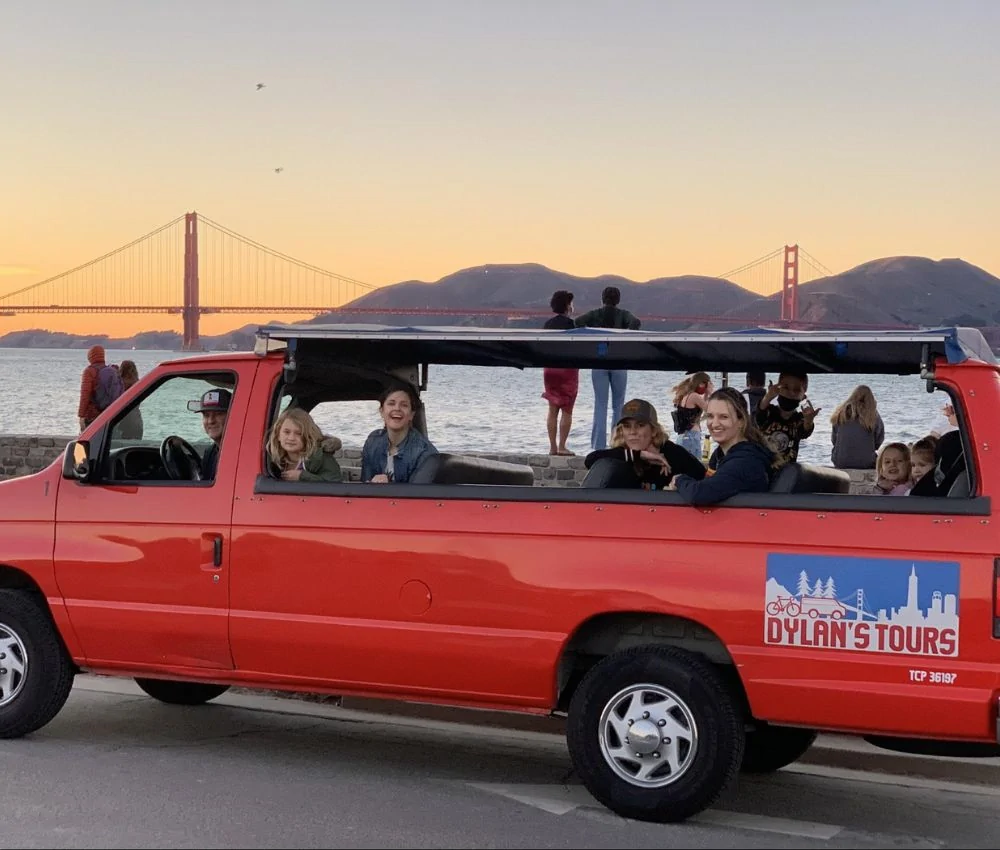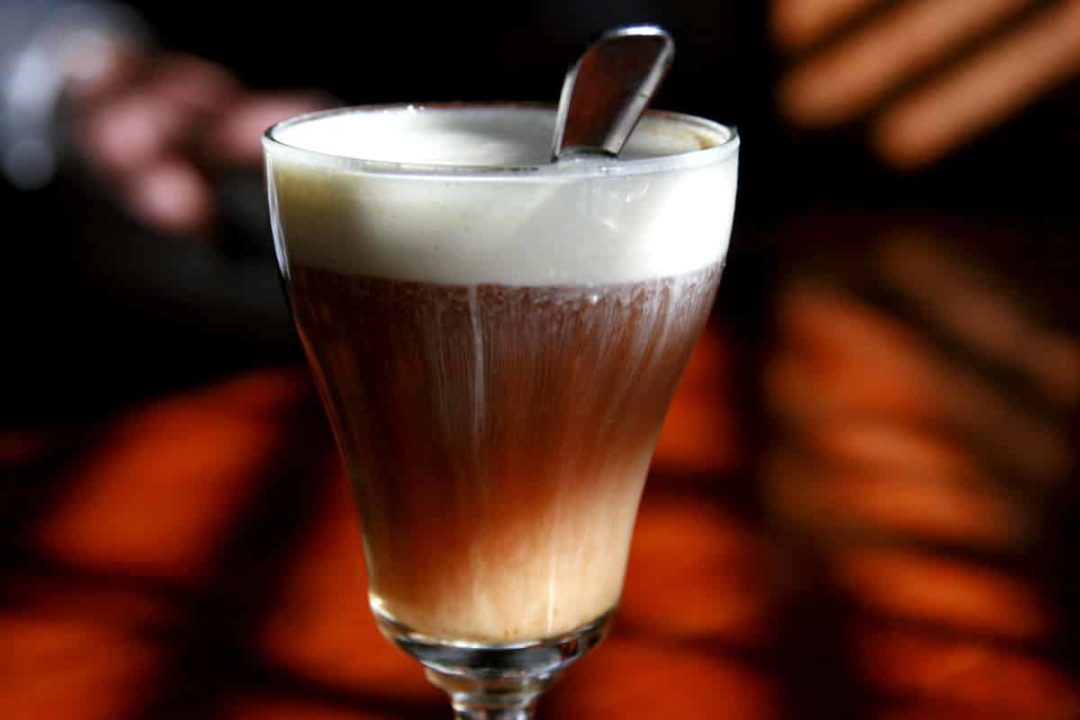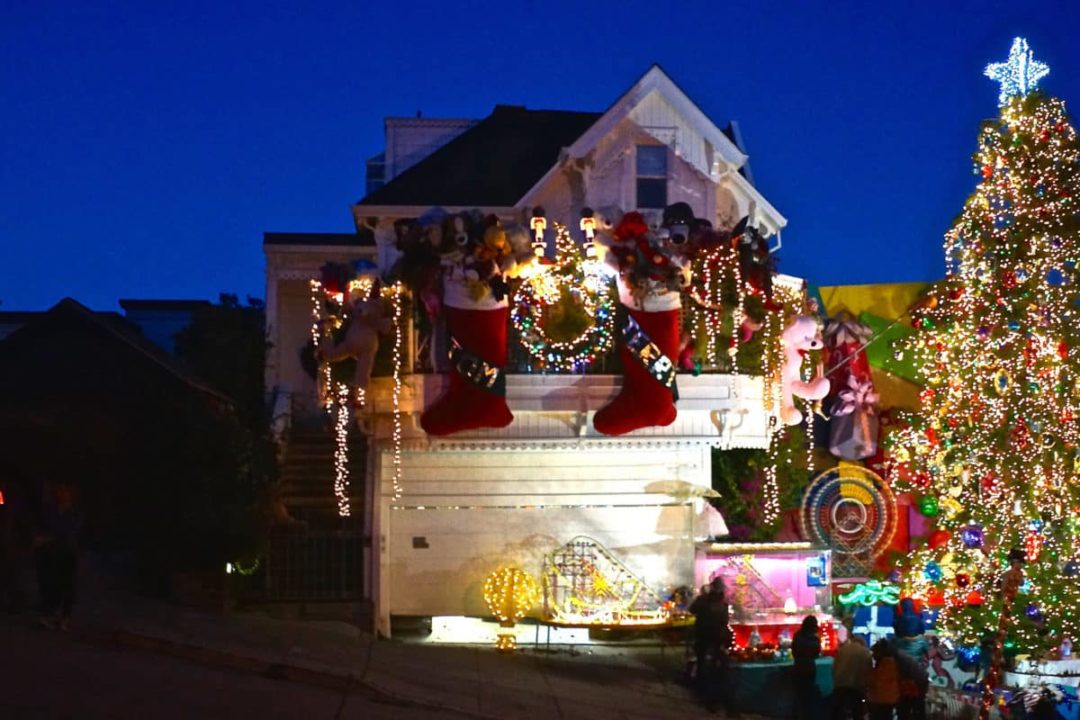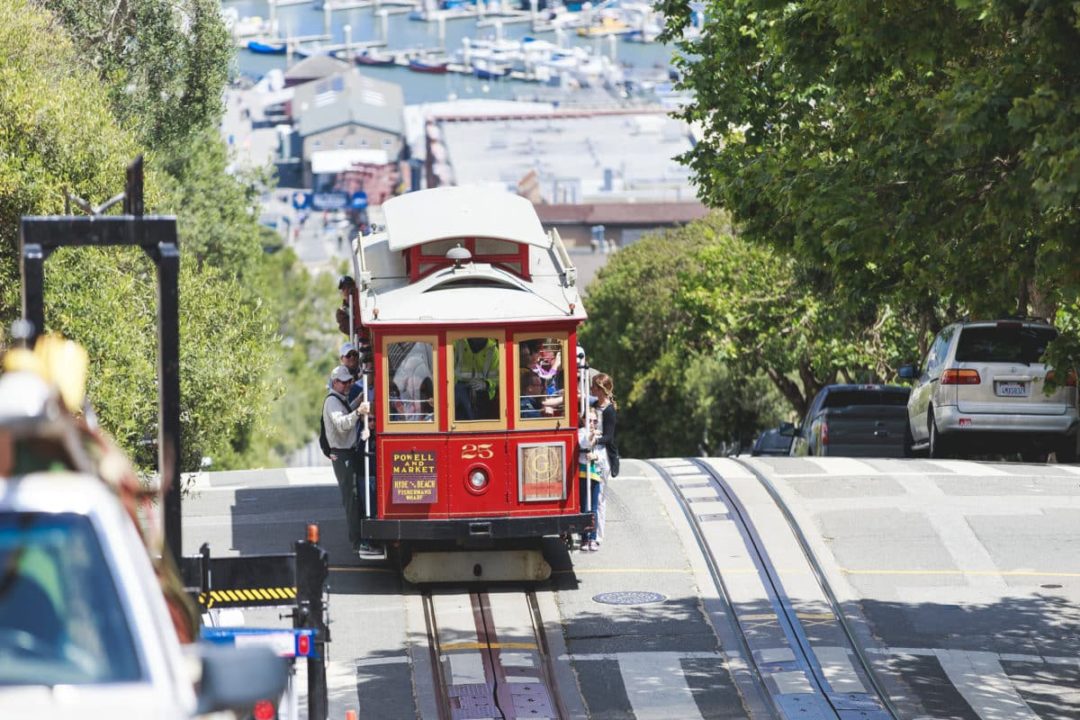Planning a California wine country trip often starts with a simple question: Napa or Sonoma? Both are within easy reach of San Francisco. Both produce exceptional wines. And both offer landscapes, tasting rooms, and small-town stops worth visiting. But side by side, they’re very different places—each shaped by its own geography, pace, and winemaking style.
This guide breaks down what sets them apart: how the regions are laid out, what kinds of wines they’re known for, how tastings work, and what kind of experience to expect in each. It’s meant to help you get more out of your visit—whether you’re drawn to the structure of Napa, the variety of Sonoma, or curious about how both compare.
If you want to experience both in one unforgettable day, our Ultimate Wine Country Tour offers a flexible, relaxed, and convenient way to explore Napa and Sonoma—showcasing the famous wines, delicious food, and spectacular scenery that make this region so iconic.
Napa vs Sonoma: Everything You Need To Know for the Perfect Tasting Room Day
Let’s dive into the ultimate comparison of Sonoma or Napa so you can understand this rich California wine region.
How Napa Valley and Sonoma County Are Laid Out
While Napa and Sonoma sit side by side on the map, their layouts create two very different experiences. Napa Valley runs in a straight line, with most wineries located along Highway 29 and the Silverado Trail. It’s compact and easy to navigate, with tasting rooms often just minutes apart.
Sonoma is much broader and more spread out, with several distinct areas—including Sonoma Valley, Russian River Valley, Dry Creek, and Alexander Valley—each with its own small towns and microclimates.
Napa’s layout makes it feel more structured and curated. Sonoma offers more variety in both scenery and routes, from redwood groves to open farmland to coastal hills. Neither is better, but the way each region is built shapes how your day flows—how far you’ll travel between stops, what you’ll see along the way, and how many tasting rooms you might fit in.
For first-time visitors, these differences between Sonoma and Napa can be hard to plan around. That’s part of why our Ultimate Wine Country Tour is designed to handle the logistics for you—so you can enjoy both regions without worrying about maps or missed turns.
Climate, Varietals, and What You’ll Taste in Sonoma and Napa
The differences between Napa and Sonoma area start in the soil, but they show up most clearly in the glass. Napa is warmer and drier overall, with long sunny days that produce bold, concentrated reds—especially Cabernet Sauvignon. Sonoma wine, by contrast, has more range. Fog from the Pacific Ocean cools certain pockets, creating ideal conditions for grapes like Pinot Noir, Chardonnay, and Zinfandel.
This contrast in climate is part of why the wines—and the tasting experiences—feel so different. In Napa, you’ll find the wine style is rich reds and structured blends poured at polished, often appointment-only wine tastings. In Sonoma, the wines are more varied, the pours more casual and laid-back, and the producers often smaller or family-run. Don’t miss the pinot noir and chardonnay – wherever you go, the wine tastes delicious.
Tasting across both Napa and Sonoma valleys in a single day gives you one of the best tasting experiences. You’ll learn about the difference between these popular regions and discover how each place approaches wine as part of its culture.
Atmosphere and Winemaking Culture
Napa Valley wine is known for its polished presentation. Many wineries and vineyards offer seated tastings by reservation, often with a set flight, a dedicated host, and vineyard views designed for lingering. It’s tailored, organized, and often built around a sense of exclusivity—especially at the more established estates.
Sonoma has a different feel. While you’ll still find beautiful tasting rooms and well-run experiences, the region leans more casual with a laid back feel. Walk-in tastings are more common (though not guaranteed), and conversations with winemakers or staff often feel more relaxed. Time in Sonoma tends to focus on variety and personality, rather than prestige.
Both approaches offer something valuable. Napa is dialed-in and immersive, Sonoma more exploratory and spontaneous. Experiencing them together gives you a fuller sense of what wine country can be—structured, free-flowing, and everything in between.
Luckily, both Sonoma and Napa are within easy reach of the San Francisco Bay area. Our Ultimate Wine Country Tour takes care of all the details, so you can enjoy the perfect day trip without worrying about the details.
Even better? Our tour includes an extended stop in the charming Sonoma Plaza. Overflowing with hidden gems, indoor and outdoor attractions, it’s hardly any surprise this travel destination is always a guest favorite!
Cost, Crowds, and What to Expect at the Vineyards
Napa tends to be more expensive than Sonoma, with higher tasting fees, more upscale experiences, and a stronger emphasis on reservations. Many of the region’s top wineries and restaurants like the French Laundry require advance bookings, and walk-ins are rarely available—especially on weekends.
Napa also sees more tour groups and international traffic, which can make it feel busier even during shoulder seasons.
Sonoma is generally more flexible. Tasting fees are often lower, the pacing is more relaxed, and while some wineries do require reservations, there’s still room for spontaneity. That said, the most popular spots in both regions book up quickly.
Showing up without a plan often means missing out—which is exactly why our wine tour from San Francisco handles those logistics in advance. We secure tasting appointments, plan the route, and build the day around what’s best to see, not just what’s available.
Regional Highlights of Napa and Sonoma Worth Knowing
Each region has its own landmarks, both well-known and quietly exceptional. Napa is home to historic estates like Robert Mondavi, Stag’s Leap, and Opus One, along with more recent cult producers and culinary destinations.
Sonoma includes a broader mix of wineries—family-run tasting rooms, small-batch producers, and diverse growing areas like Russian River, Dry Creek, and Sonoma Valley. The scenery shifts with each subregion, and the wines reflect that variety.
Visiting both gives you a sense of how much range wine country really has—from structured Cabernet tastings in Napa to intimate Pinot Noir pours in Sonoma, often poured by the winemakers themselves. It’s that contrast—the change in setting, scale, and style—that makes doing both in a single day so rewarding.
So… Napa or Sonoma?
Both regions offer incredible wine, beautiful scenery, and memorable stops—but they deliver it in different ways. Napa is focused, refined, and built around bold reds and polished estates. Sonoma is broader, more varied, and shaped by smaller producers and changing landscapes.
The Best Way to Experience Wine Country
For many visitors, one might sound more appealing on paper—but the best way to know is to experience both. That’s exactly why our wine tour is designed the way it is. By including curated stops in both regions and Sonoma Plaza, we give guests a side-by-side view of how Napa and Sonoma differ, and what makes each one worth exploring.
We handle the reservations, the drive, and the pacing, so all you have to do is enjoy the wine, the food, and the views that make this part of California so iconic. There’s no better way to experience Wine Country in a single day!
Book your Ultimate Wine Country Tour from San Francisco here.
